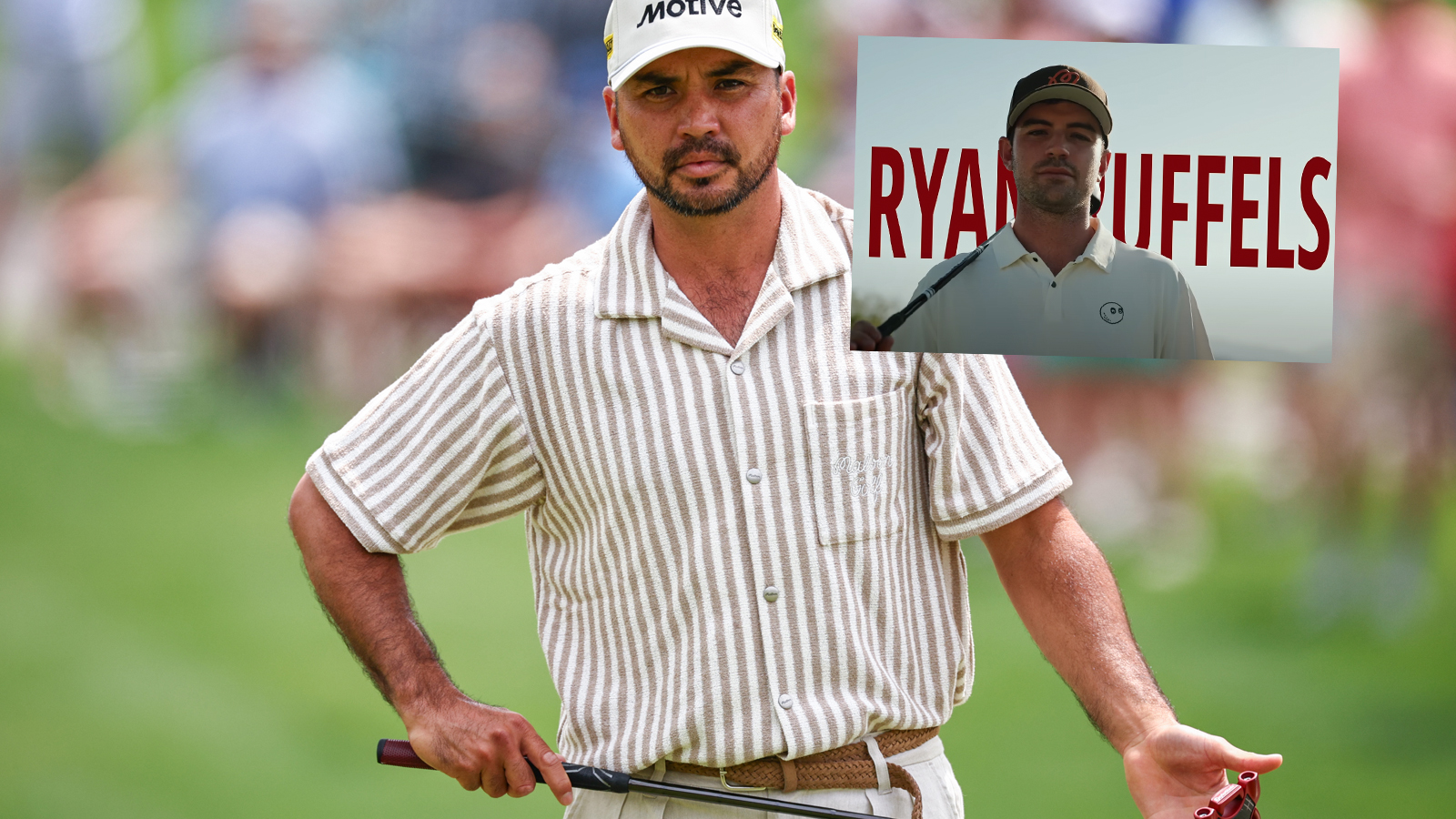The parts of your swing videos you’re probably ignoring – Australian Golf Digest

- by Admin
- October 6, 2024
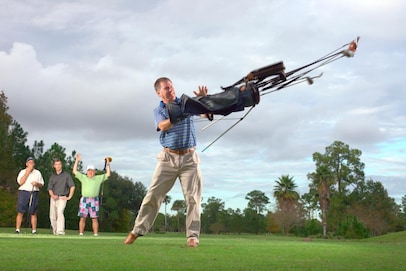
This article first appeared in Low Net, a Golf Digest+ exclusive newsletter newsletter written for the average golfer, by an average golfer. To get Low Net each week directly to your inbox, sign up for Golf Digest+ right here. Have a topic you want me to explore? Send me an email and I’ll do my best to dive in.
Of all the ways smartphones have altered modern society, one shouldn’t overlook the ease with which we can video and share our golf swings.
I have hundreds on my phone—of me, of my sons, of golf friends and tour pros. I still have videos of people I’ve played with once and whose names I don’t remember, but I either liked their swings or the backdrop, possibly both.
The extensive footage of my swing reflects different stages in my biography. It starts with more hair, looser shirts, and a flying elbow, and continues to a dark period when my feet appear bolted to the ground. Most clips begin with promise–a practice swing on-plane, hips releasing to the target, before the reality of a ball at my feet sends me flailing across the line. That all of my swing videos are generally unsatisfying is a given, yet I still watch them in earnest hoping to unlock a secret.
The question, though, is if I really know what I’m looking at, which is why I asked one of Golf Digest’s 50 best teachers, Shaun Webb, the founder of Athletic Motion Golf, for essentially an idiot’s guide to how to study your own swing. Webb works with plenty of his students exclusively over video, and is part-owner of an app, Swing Coach, that is similar to Golf Digest’s partner Mustard in providing detailed analysis of average golfer swings. Those are all intriguing avenues for obsessed choppers like me, yet one thing Webb stressed is how much we can learn about our swings without even looking at the club.
More Low Net Golf Digest Logo Never throw a golf club, except . . .  Low Net Your best scores aren’t what matters
Low Net Your best scores aren’t what matters 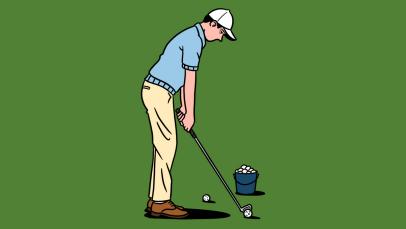 Golf Digest Logo I’ve become the annoying training aid guy
Golf Digest Logo I’ve become the annoying training aid guy
“People are so focused on the club movement that they lose sight of what the body positioning is making the club do,” Webb said. “Sometimes the club has to go there because you put your joints in a position that makes it impossible to do anything else.”
One of the first lessons Webb impressed upon me is how much our address position dictates everything else. For instance, is our rear end too far over our heels? Or is your back too arched? This one’s a problem for me, Webb said, because it makes it hard to pivot correctly. You can see what he’s talking about here:
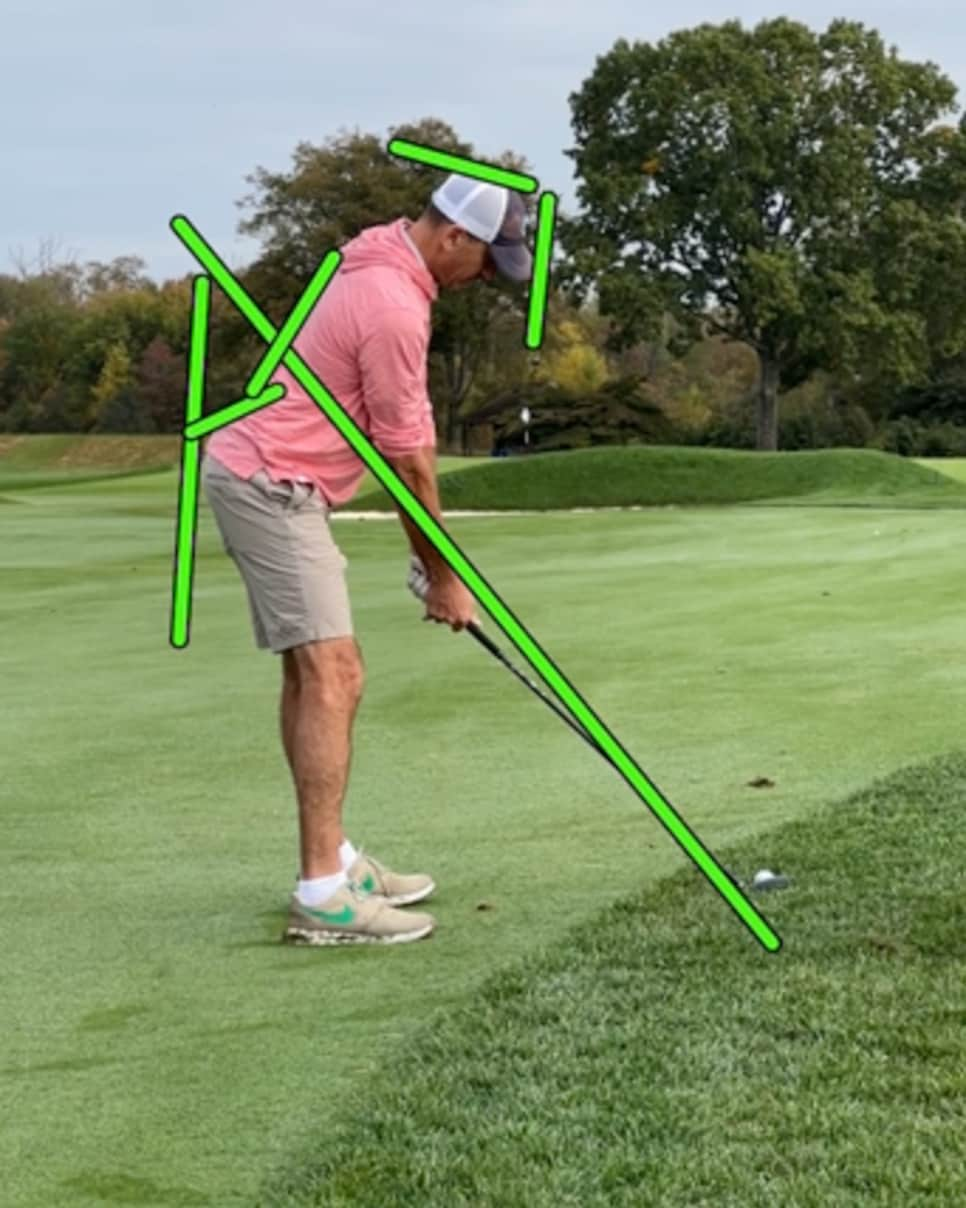
My head is another problem, and not in the way I usually think. Webb likes to see it stay within a certain diagonal box, because when it doesn’t, the rest of my body follows.
“If on the backswing, you stood up, or your head comes out of the box, that’s something you can easily work on,” he said. “Figure out how to make a turn without your head coming out of that box.”
Although most of the swing videos we take are from behind – or “down the line,” in golf parlance — Webb says face-on videos are just as valuable. When viewed face-on, my head tends to move too much toward the target in the backswing, which causes my spine to tilt the wrong way. Which then slides my hips too far off the ball, creating my out-to-in swing path.
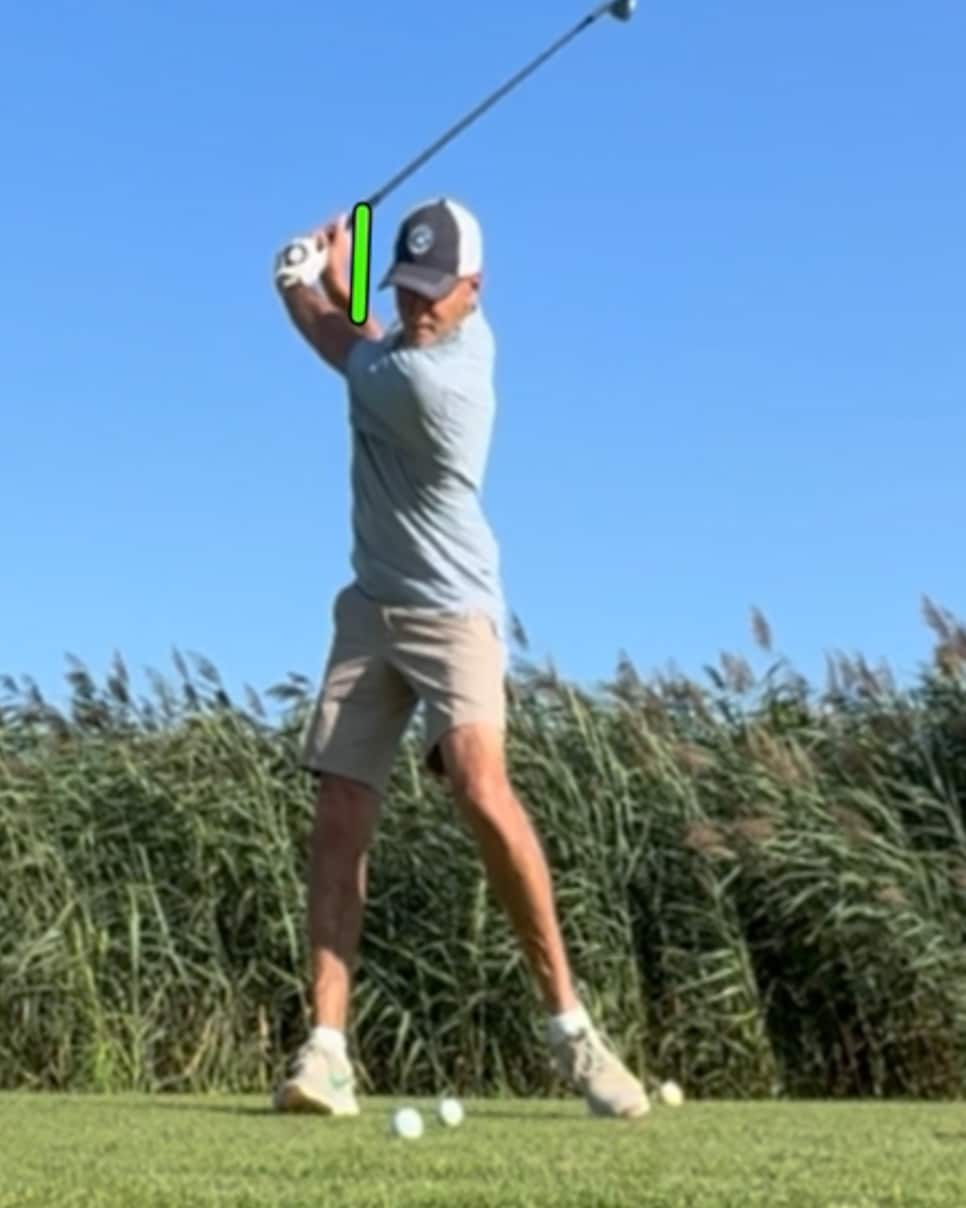
“People don’t realize that a lot of the stuff they’re doing from face on is making them swing the way they do,” he said.
Webb’s point wasn’t that I’m a mess (although I am). It’s more that our swings are a complicated sequence of events, and we need to pay more attention to starting that sequence off right.
The mistake I’ve made studying my swing videos is treating them like any other movie in which the important parts happen late. In fact, they might be more like a mystery that can be solved before anyone takes their seat.
This article was originally published on golfdigest.com
The Latest News
-
December 26, 2024Texas Freshman Tennis Star Maya Joint To Turn Pro Ahead Of Australian Open
-
December 26, 2024Injured Halep forced to pull out of Australian Open
-
December 26, 2024Rules of Golf Review: It was only a tap-in, but my opponent raked his putt into the hole. Is that legal? – Australian Golf Digest
-
December 26, 2024Simona Halep issues ‘little update’ following Australian Open setback
-
December 26, 2024Australian tennis suffers two worrying setbacks ahead of the 2025 Australian Open





